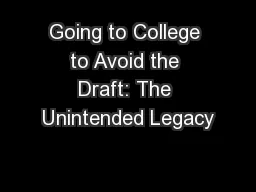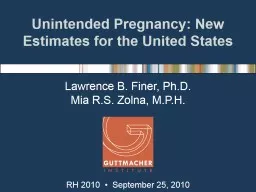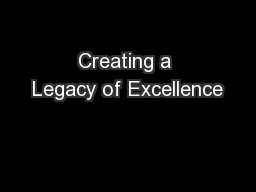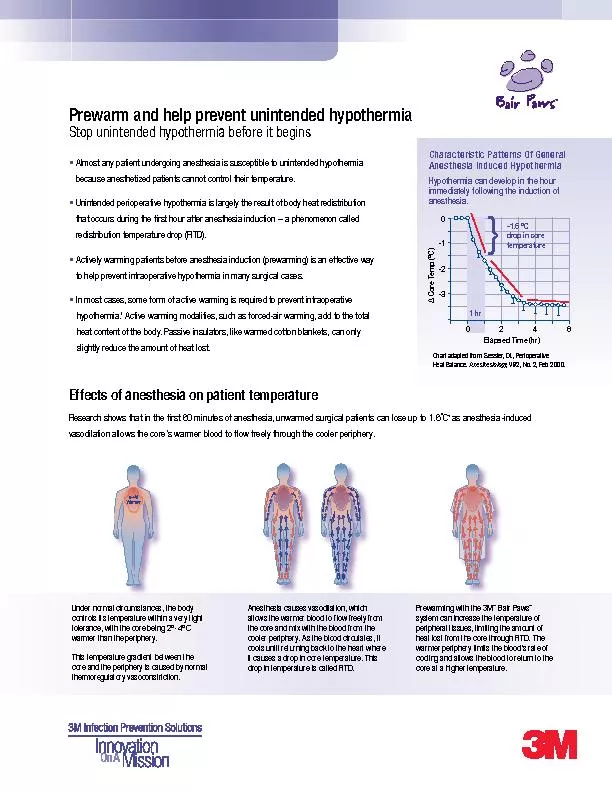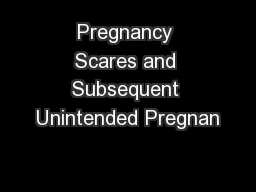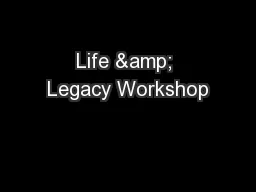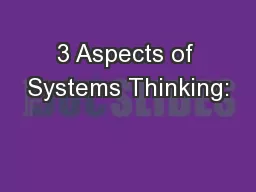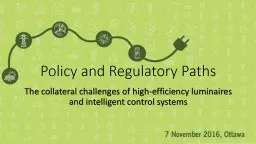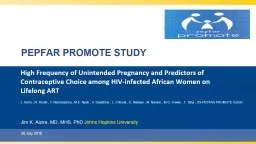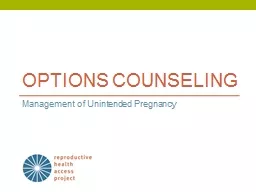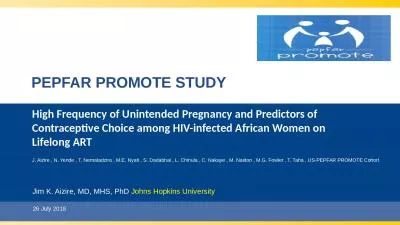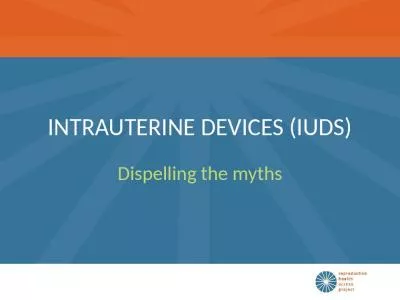PDF-Going to College to Avoid the Draft: The Unintended Legacy
Author : faustina-dinatale | Published Date : 2016-11-27
of the Vietnam War Between 1965 and 1975 the enrollment rate of collegeage men in the United States rose and then fell abruptly Many contemporary observ ers eg James
Presentation Embed Code
Download Presentation
Download Presentation The PPT/PDF document "Going to College to Avoid the Draft: The..." is the property of its rightful owner. Permission is granted to download and print the materials on this website for personal, non-commercial use only, and to display it on your personal computer provided you do not modify the materials and that you retain all copyright notices contained in the materials. By downloading content from our website, you accept the terms of this agreement.
Going to College to Avoid the Draft: The Unintended Legacy: Transcript
Download Rules Of Document
"Going to College to Avoid the Draft: The Unintended Legacy"The content belongs to its owner. You may download and print it for personal use, without modification, and keep all copyright notices. By downloading, you agree to these terms.
Related Documents

